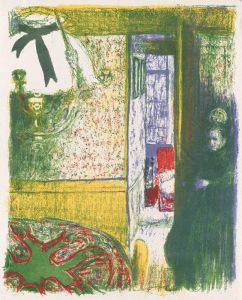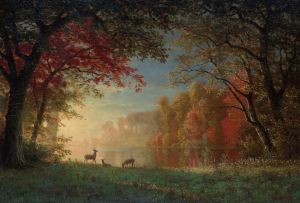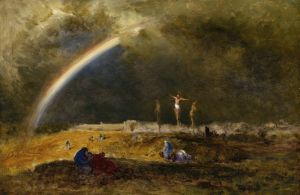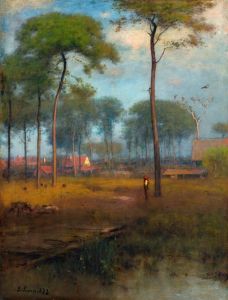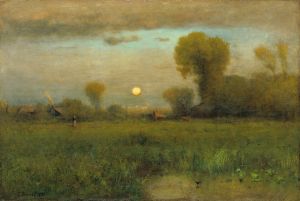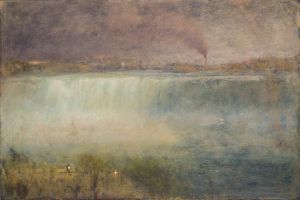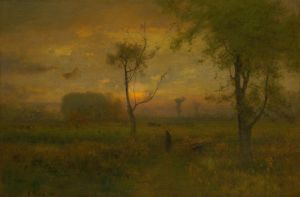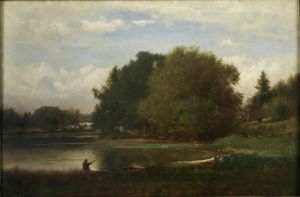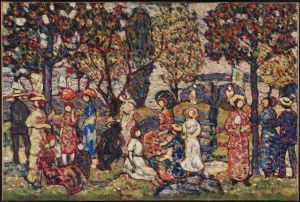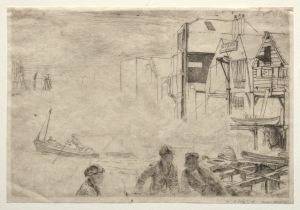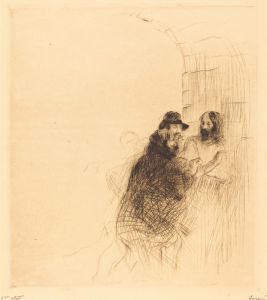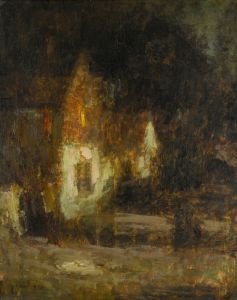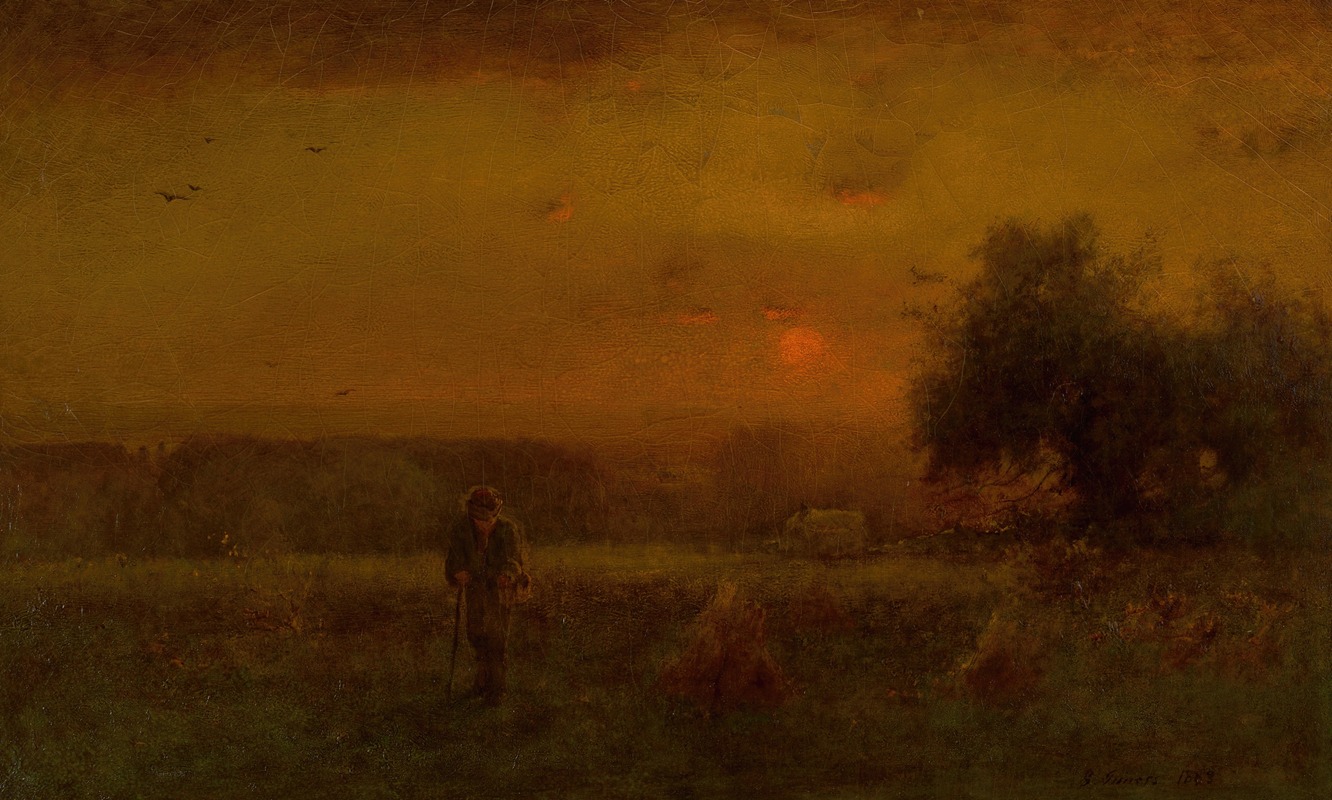
Evening Glow
A hand-painted replica of George Inness’s masterpiece Evening Glow, meticulously crafted by professional artists to capture the true essence of the original. Each piece is created with museum-quality canvas and rare mineral pigments, carefully painted by experienced artists with delicate brushstrokes and rich, layered colors to perfectly recreate the texture of the original artwork. Unlike machine-printed reproductions, this hand-painted version brings the painting to life, infused with the artist’s emotions and skill in every stroke. Whether for personal collection or home decoration, it instantly elevates the artistic atmosphere of any space.
"Evening Glow" is a notable painting created by the American artist George Inness in 1869. George Inness, born on May 1, 1825, in Newburgh, New York, is widely regarded as one of the most influential American landscape painters of the 19th century. His work is often associated with the Hudson River School, although he later developed a more personal style that incorporated elements of the Barbizon School and Tonalism.
"Evening Glow" exemplifies Inness's mature style, which is characterized by a focus on mood and atmosphere rather than detailed representation. The painting captures a serene and contemplative landscape at dusk, with a warm, glowing sky that bathes the scene in a soft, golden light. This use of light and color to evoke a sense of tranquility and introspection is a hallmark of Inness's work.
Inness's approach to landscape painting was deeply influenced by his spiritual beliefs. He was a follower of the Swedish scientist and philosopher Emanuel Swedenborg, whose writings emphasized the connection between the natural world and the divine. Inness sought to convey this spiritual dimension in his paintings, using the landscape as a means to explore deeper metaphysical themes.
"Evening Glow" reflects Inness's interest in the transient effects of light and atmosphere. The painting's composition is carefully balanced, with a harmonious arrangement of trees, fields, and sky. The soft, diffused light creates a sense of depth and space, drawing the viewer into the scene. Inness's brushwork is loose and expressive, allowing the forms to dissolve into one another and enhancing the overall sense of harmony.
The painting is also notable for its subdued color palette, which consists of warm earth tones and muted greens. This choice of colors contributes to the painting's tranquil and meditative quality. Inness often used a limited palette to create a sense of unity and coherence in his work, and "Evening Glow" is a prime example of this technique.
"Evening Glow" is housed in the collection of the Smithsonian American Art Museum in Washington, D.C. The museum acquired the painting in 1973, and it has since become one of the highlights of their American art collection. The painting is celebrated for its masterful depiction of light and atmosphere, as well as its ability to evoke a sense of peace and contemplation.
George Inness continued to paint and exhibit his work until his death on August 3, 1894. His legacy as a pioneering landscape painter endures, and his works are held in numerous public and private collections across the United States. "Evening Glow" remains a testament to Inness's skill as an artist and his ability to capture the spiritual essence of the natural world.





